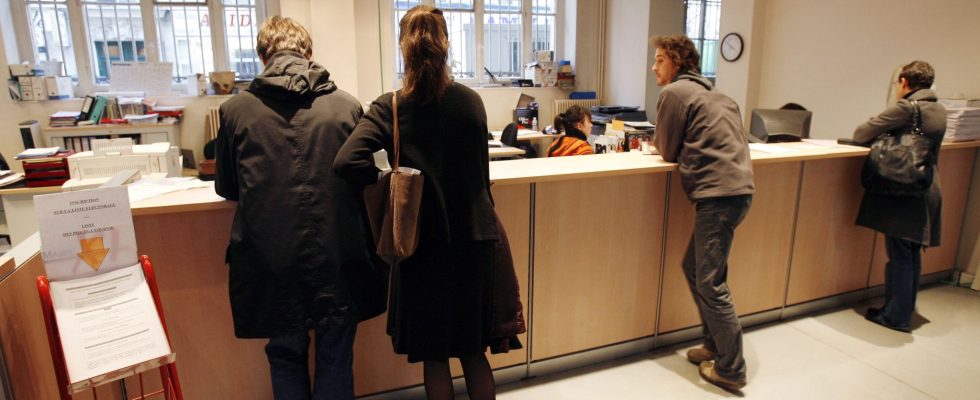The bar of 3,000 billion euros in public debt has officially been crossed, supported by INSEE figures. A symbolic threshold in the form of a new alert, a month after France narrowly escaped a downgrading of its credit rating by S & P. The American rating agency had maintained a “negative” outlook, a reflection of the risk which weighs on its budget forecasts that the latest messages from Bercy were not enough to lift. In mid-June, in the wake of a review of public spending, the ministry announced a planing of around 10 billion euros, with the aim of the drift of daily allowances reimbursed by social security in the event of stoppage. illness, the overhaul of the zero-rate loan or the abolition of the Pinel device.
In its quest for savings, the government has not explored all avenues. If he lacks ideas, the Ifrap foundation is always willing to prompt him. In its latest report, this think tank dedicated to administrations and public policies casts a stone over the pond of the plethoric workforce of State agents and local authorities.
“There is room for maneuver to reduce the wage bill, the second item of public expenditure in France after pensions, i.e. more than 300 billion euros out of 1,500 billion”, points out Agnès Verdier-Molinié, director of Ifrap . The salaries of the administrations weigh 12.4% of the GDP in our country, against 10.1% on average in Europe. To “identify leaks, overspending, waste”, the foundation requested access to a specialized INSEE database. Not without difficulty, she obtained data relating to the number of civil servants by department, distinguishing between State agents and those of local authorities. Ideally, she even hoped to refine her analysis at the level of the municipalities, in vain. But the elements provided allow him all the same to designate the good and the bad students according to the geographies.
Surpluses in non-teaching staff
In the radius of the most “over-administered” departments, the battalions of Bouches-du-Rhône, Nord, Seine-Saint-Denis and Haute-Garonne are overflowing, with a surplus of agents of around 30,000 each. The Rhône, Gironde, Hérault, Val-de-Marne, Essonne and Ille-et-Vilaine follow. This surplus of civil servants is measured in relation to the average of the ten most disciplined territories, and with regard to the number of inhabitants. Paris, where the concentration of ministries would skew the vision, does not appear in the published list. In total, there are more than 500,000 too many public positions in France, according to Ifrap, which excluded hospitals and sovereign ministries from its scope of analysis “given the tensions and recruitment needs specific to these sectors”. The most voracious spheres are National Education – because of the excessive weight of non-teaching staff -, public accounts and ecological transition.
Difficult to establish a composite portrait of the expensive departments: the political color of the elected officials at the helm is not a decisive element in the management of public expenditure, notes Agnès Verdier-Molinié. The director of Ifrap evokes above all “local habits”, “clientelism”, “territories in deindustrialization where, instead of promoting the creation of market jobs, we hire in the public”. It also denounces the administrative duplication between the State and local authorities and establishes a correlation between absenteeism of agents in the territories – a subject on which the foundation is preparing a forthcoming study – and overstaffing. “The government wants to save on the daily allowances paid to private sector employees by Social Security in the event of sick leave, which represented 15 billion euros in 2022, and even mentions 7 days of waiting in the private sector (against one day in the public…) Absenteeism of public officials cost 12 billion in 2021 while in proportion to the number of employees concerned, this amount should be 5 billion maximum! search for savings.
Mirroring the bad students, ten territories show that rigorous management is possible: Drôme, Lot-et-Garonne, Eure-et-Loir, Ain, Haut-Rhin, Orne, Haute -Saône, Oise, Haute-Loire and Yonne. “In the public debate, there is always the idea that better public services require more agents. But these departments work well, with fewer staff!” Says Agnès Verdier-Molinié. The administration can be effective when it wants. All hope is therefore not lost.
